 Effectiveness of internal change projects requires effective leadership that is able to be influential without coercion, to persuade through seduction, and to recognize the complexity of influence in corporate settings.
Effectiveness of internal change projects requires effective leadership that is able to be influential without coercion, to persuade through seduction, and to recognize the complexity of influence in corporate settings.
Communication is one of the most complex and at the same time exciting processes of the human being. Although many human aspects are influenced by communication, language is the main component. In addition, in a project-dominated work environment, where the nature of work is different every time, communication is a fundamental piece that every project manager must master.
The same is true for projects aimed at internal change. Moreover, change communication is more complex than the normal. Typically, when we communicate a message to produce a change in someone's behaviour, we expect an immediate reaction from an isolated individual or a small group of people. On the contrary, in change management we seek to produce a stable and controlled change, over time, where the recipient is a group of people whose answers must be coordinated. The complexity can be overwhelming.
The importance of communication in these cases is essential. If you do not measure the reactions to the change through feedback flows, you run the risk of unsuccessfully implementing the change due to uncertainty and lack of knowledge of the issues.
Therefore, mastery of communication techniques is essential for the proper functioning of a company. To begin with, in organizations of a certain size it is advisable to have internal communication policies that facilitate such feedback. One simple way to set these policies, for example, is to set up weekly meetings. In large corporations, internal communication often requires the hiring of experts to streamline discussions and establish initiatives to share ideas, knowledge or impressions.
In general, the domain of change communications can be divided into three aspects: using the right language, communicate in the optimal context, and to focus communication to the solution of real problems presented in the projects and which are perceived by their Leaders.
Use the right language to communicate change
The words you use to describe change management will mark the willingness of your interlocutors to adopt these new work systems. Whether it's to convince project leaders about the introduction of a new methodology or to motivate project members to keep it in mind during the different phases of the project, the terminology that you have managed will have clear repercussions.
For starters, its very difficult for your team to feel interested in a work system that they do not understand. Therefore, it is best to speak in a language that you know they will understand. If the new methodology is born from the identification of problems with which they are in contact, make the connections obvious so that they can understand the consequences of their work on the whole organization. Communication can empower if it seeks to reinforce the consistency between problems and solutions to the scale of individual work.
Another more simple example, it happens similarly when a doctor explains to their patient what his diagnosis is and why it is important to follow a certain treatment. If you use excessively technical language, although it is probably the most scientifically and academically correct, your patient will not understand, will not give adequate importance to their illness, or will not be able to properly follow the treatment. Therefore, it is the responsibility of the physician to use adequate language to ensure that the patient is aware of his illness and predisposes him to follow the treatment properly. The success of the company (in this case, the good treatment of the patient) depends on it.
Context
Read this article if you are worried that your computer doesn't have all the information needed: Tips for communication in remote work teams
Change management cannot be considered an isolated activity, independent of the rest of the company. Precisely the opposite, change management must permeate all aspects of the company, so it must be shown as a global concept that relates to the company and its circumstances.
A fact that is common to change in all companies, is that it must occur in each and every one of the people involved in the project. The global change will be the result of the addition and interaction of all the subjects involved in the project or in the company.
Therefore, change must be presented as a discipline that requires regular and progressive training, prior knowledge and interaction between individuals.
Regardless of these facts, the change manager must pay special attention to the needs and specific situation of each company and market, in order to be able to adapt the change methodologies in a personalized way to the circumstances of the company.
Solving real problems
Company managers seek solutions to their daily business problems to enable them to reach a final product that meets the needs of their customers and obtain the desired market share.
Therefore, in order to convince them of the need to make changes and an adequate management of the change process, it is necessary to touch on the issues that matter to them, that the changes aim to improve the results of the projects. For example, if the organization does not have a methodology for coordinating projects with interdependencies, new conversations about the contribution of projects in terms of external benefits, the objectives of the different programs and the guidelines that guide the overall strategy should aim to spread to all levels, to be gradually incorporated as a business culture. Thus, project members should move from being part of a project to being part of a corporate portfolio with more ambitious goals.
One of the main responsibilities of the change manager is to identify how process failures, described at the macro level, can be modified in a realistic manner. It is essential that an arrangement be reached between a top-down and bottom-up perspective.
Acceptance = language + context + troubleshooting
Today, more than ever, organizations need effective change management. The change today is greater than ever before in business history: faster and more important and more complex. Due to the demands of the market, companies also become more demanding and ask for positive and concrete results.
To get acceptance of the change systems, you can rely on the three fundamental pillars that we have developed throughout this article: use a precise language while also being accessible, adapt to the context and the concrete needs of each company and each market scenario and demonstrate that an efficient change management will solve practical problems for the company.
If you are interested in this article, you can continue reading some of these:

 Why make status reports?
Why make status reports?
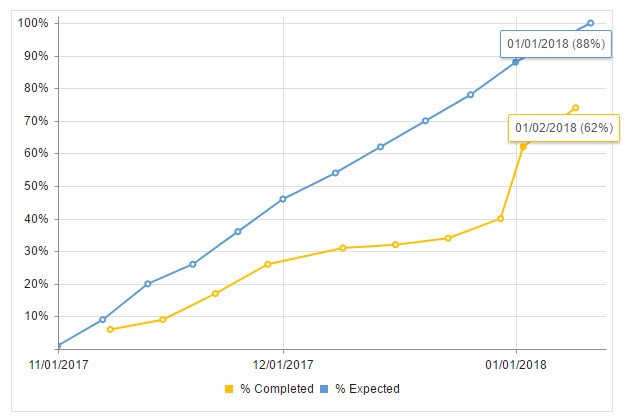
 Like all sciences and disciplines, project management and change management have a particular language. Hence, a better understanding of professionals in this field is achieved, which can be communicated without creating ambiguities. However, for newcomers in these areas, the terminology can be complex and confusing. We will define some of the main terms and concepts related to project management and change management to facilitate their understanding.
Like all sciences and disciplines, project management and change management have a particular language. Hence, a better understanding of professionals in this field is achieved, which can be communicated without creating ambiguities. However, for newcomers in these areas, the terminology can be complex and confusing. We will define some of the main terms and concepts related to project management and change management to facilitate their understanding. Portfolio indicators or Key Performance Indicators are paramount in having a global view of the organization and its project performance. In this article, we review the most important ones.
Portfolio indicators or Key Performance Indicators are paramount in having a global view of the organization and its project performance. In this article, we review the most important ones.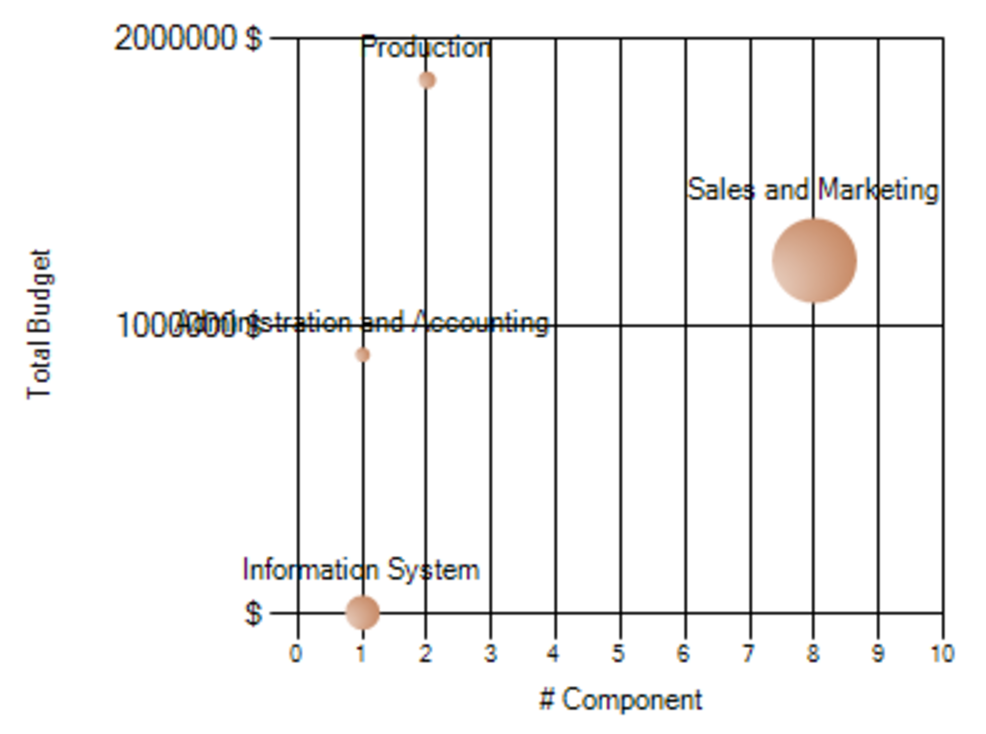
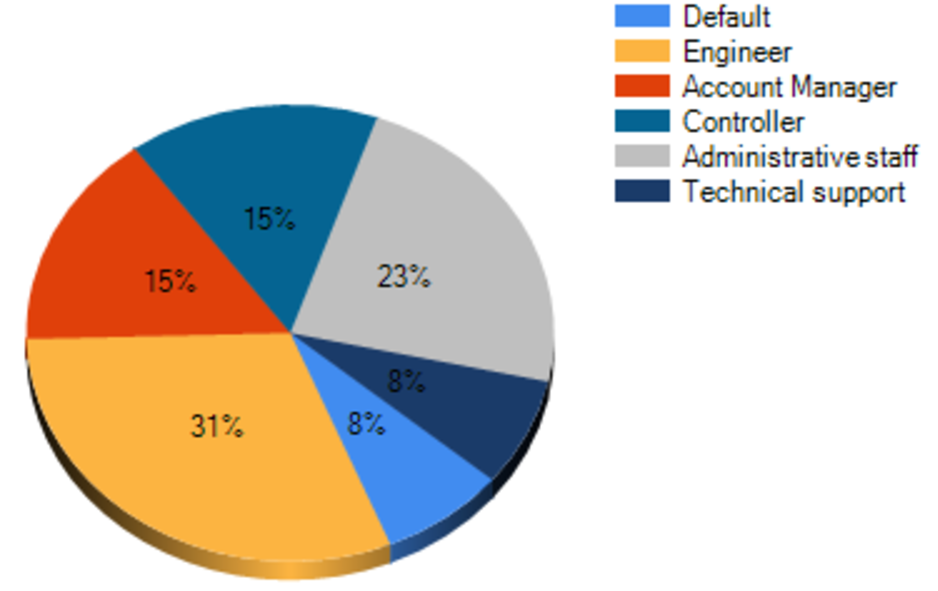
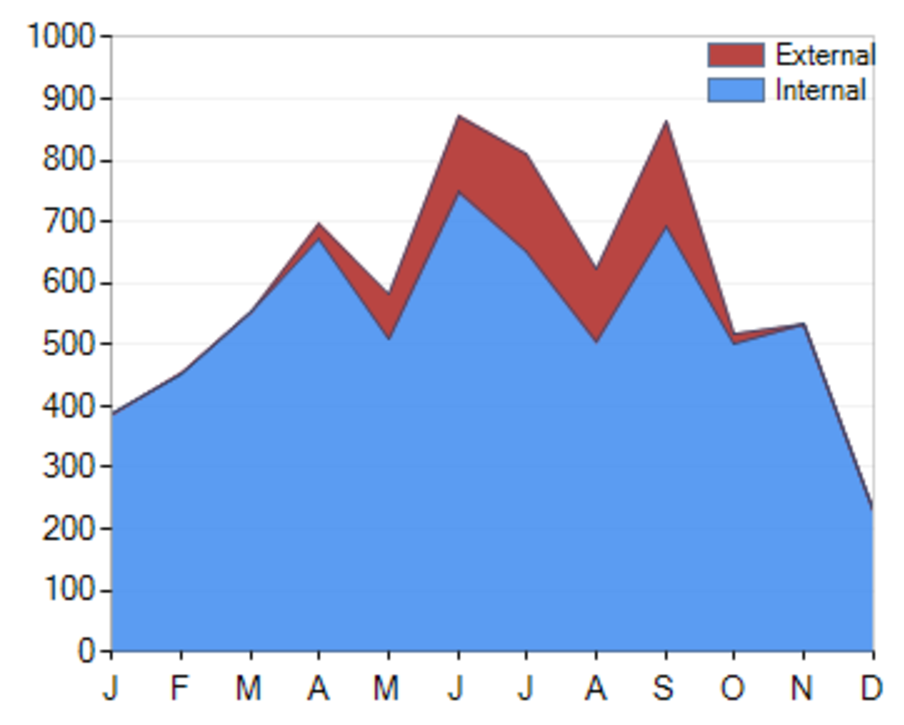
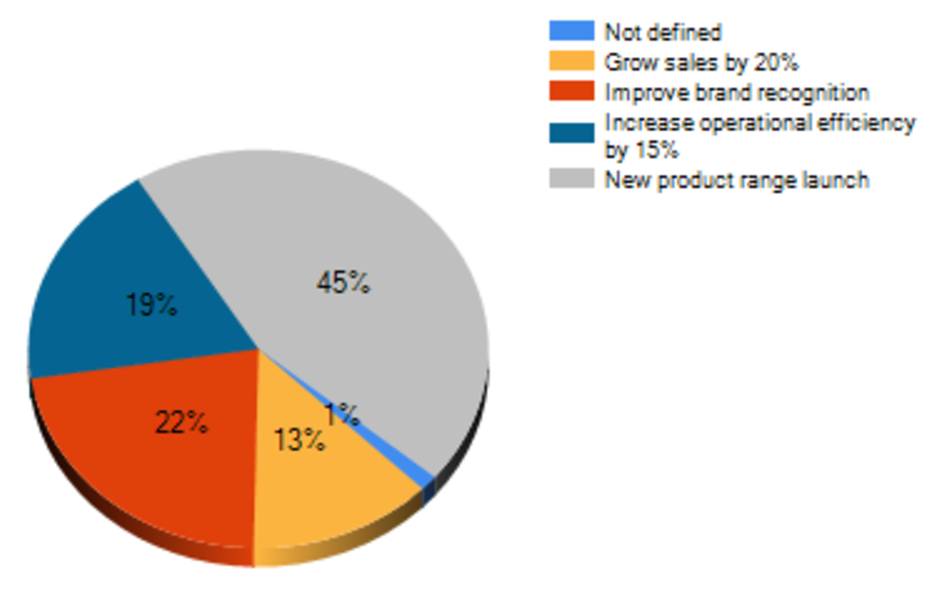
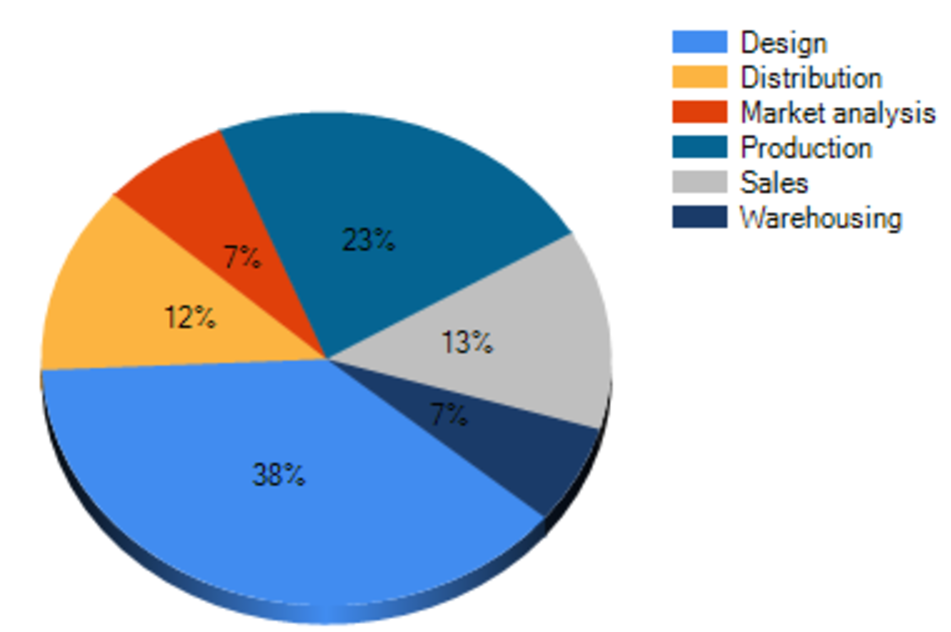
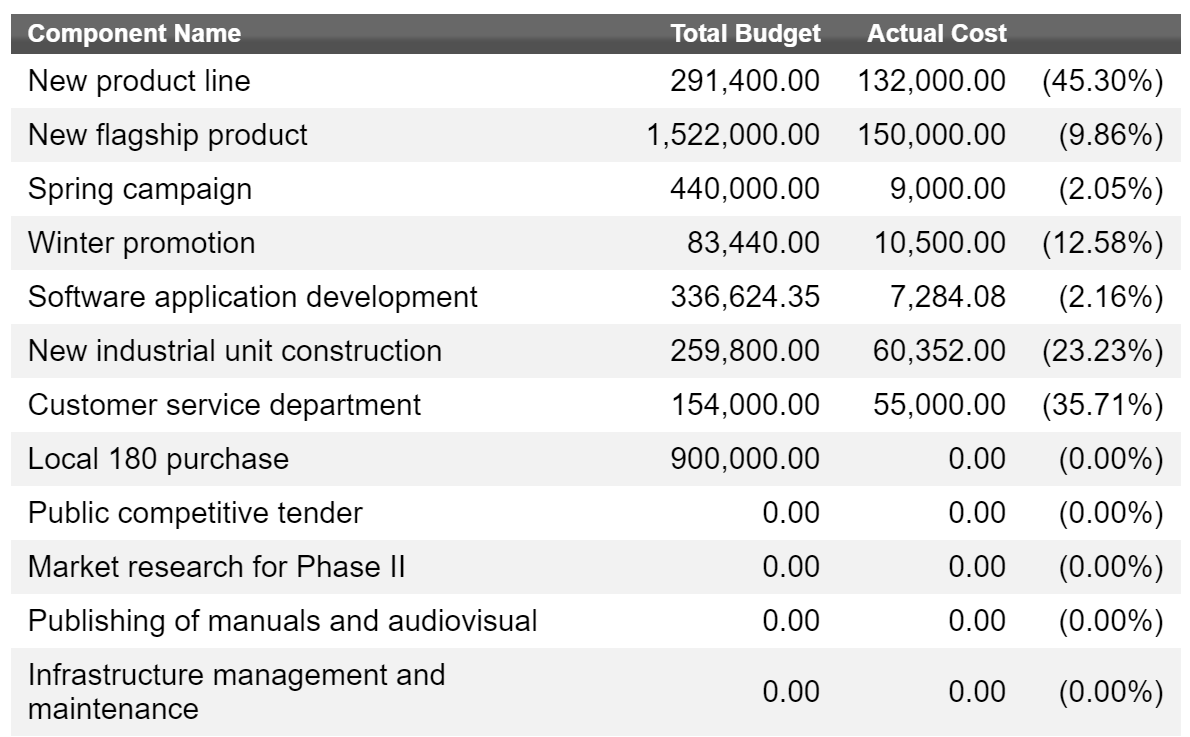
 Traditional change management systems are based on a transition from an old model to a new one.
Traditional change management systems are based on a transition from an old model to a new one.